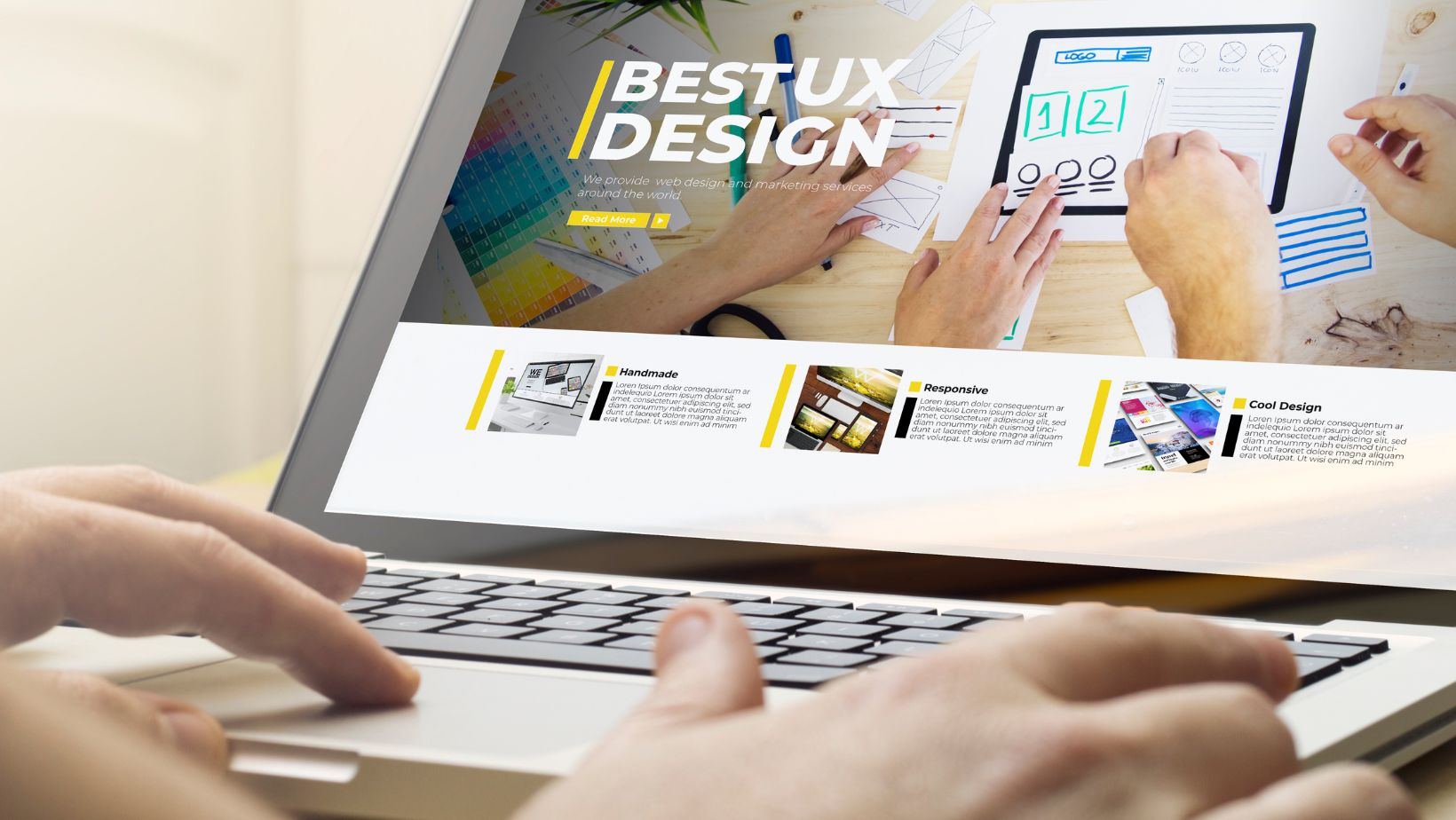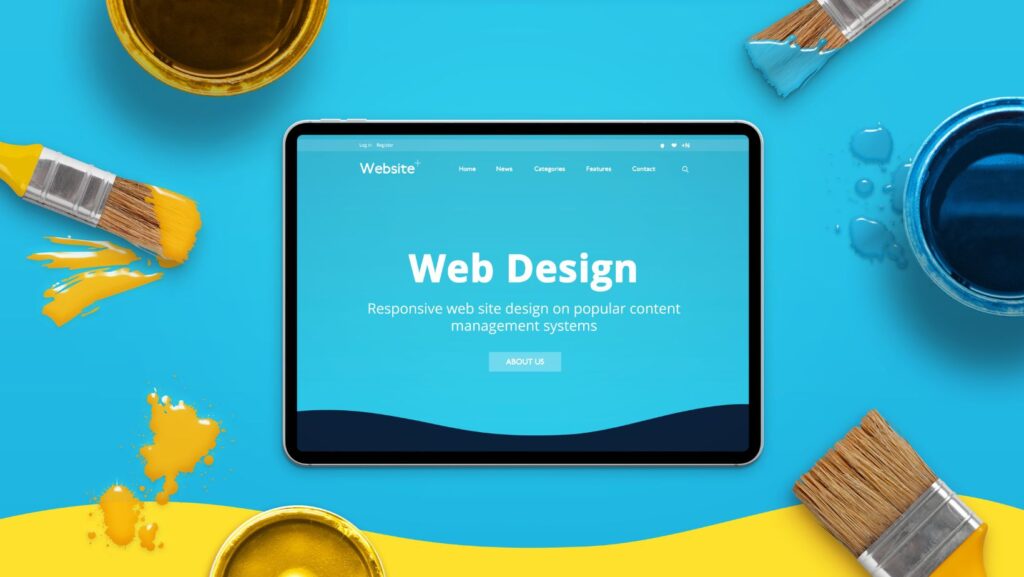Interactive Web Design
When it comes to creating a captivating online experience, interactive web design is key. As a seasoned expert in the field, I’ve witnessed firsthand the power of interactive elements in engaging users and driving conversions. From dynamic animations to user-friendly interfaces, interactive design not only enhances aesthetics but also boosts user interaction.
In this article, I’ll delve into the world of interactive web design, exploring the latest trends and best practices to help you elevate your digital presence. With my years of experience, I’ll share valuable insights on how to incorporate interactive elements effectively, creating a seamless and immersive user experience. Join me on this journey to discover how interactive web design can transform your website into a dynamic and engaging platform.
Importance of Interactive Web Design
Interactive web design is not just a trend; it’s a necessity in today’s digital landscape. Studies show that users are more likely to engage with websites that offer interactive elements. From increased user engagement to improved conversion rates, the benefits of incorporating interactive features are undeniable.
User experience is a critical factor in the success of any website. By integrating interactive elements such as animations, quizzes, and sliders, I can create a dynamic and engaging experience for visitors. This not only keeps users on the site longer but also encourages them to explore different pages and sections.
Moreover, interactive web design allows for personalized interactions with users. By incorporating features like personalized recommendations and interactive forms, websites can tailor the user experience based on individual preferences. This level of customization not only enhances user satisfaction but also increases the likelihood of conversions and repeat visits.
Another key advantage of interactive web design is improved brand perception. Websites that prioritize user engagement through interactive elements are perceived as more modern, innovative, and user-friendly. By investing in interactive design, businesses can stand out from competitors and leave a lasting impression on visitors.
In today’s competitive online market, I believe that interactive web design is a powerful tool for capturing and retaining users’ attention. By implementing interactive features strategically, websites can create a memorable and impactful online experience that drives results.

Key Elements of Interactive Web Design
User Engagement
Enhancing user engagement through interactive elements like animations, quizzes, and surveys helps keep visitors on the site longer.
Visual Design
Utilizing attractive visuals, such as editing videos, images, and infographics, can capture users’ attention and make the website more appealing. Visual design is a critical aspect of creating engaging and effective web experiences for the user. It involves strategically using typography, color, imagery, and layout to convey messages and evoke emotions. Good visual design ensures that content is aesthetically pleasing and easy to navigate and understand. Incorporating video editing into the design process enhances storytelling and user engagement by integrating dynamic visuals and motion graphics making the overall user experience more immersive and impactful.
Navigation
Intuitive navigation with easy-to-find menus, search bars, and clear CTAs ensures a seamless user experience, leading to higher satisfaction and lower bounce rates.
I focus on these key elements of interactive web design to create dynamic and user-friendly experiences for visitors.

Benefits of Interactive Web Design
Increased User Interaction
Interactive web design encourages users to actively engage with the website through various features like animations, quizzes, and clickable elements.
Improved User Experience
By providing interactive elements, websites create a dynamic and engaging user experience that keeps visitors interested and satisfied.
Higher Conversion Rates
Websites with interactive design tend to convert visitors into customers at a higher rate due to the engaging and user-friendly experience they offer.
| Key Benefits of Interactive Web Design | |
| Increased User Interaction | Encourages active engagement |
| Improved User Experience | Creates dynamic and engaging UX |
| Higher Conversion Rates | Leads to increased customer conversions |
Interactive web design is a powerful tool for enhancing user engagement, improving user experience, and boosting conversion rates. By incorporating elements like animations and quizzes, websites can create dynamic and captivating experiences that keep users coming back for more. The benefits of interactive design are clear: it leads to active user participation, provides a more engaging user journey, and ultimately drives more conversions. Embracing interactive web design is key to staying ahead in the digital landscape and creating websites that not only attract but also retain and convert visitors effectively.

